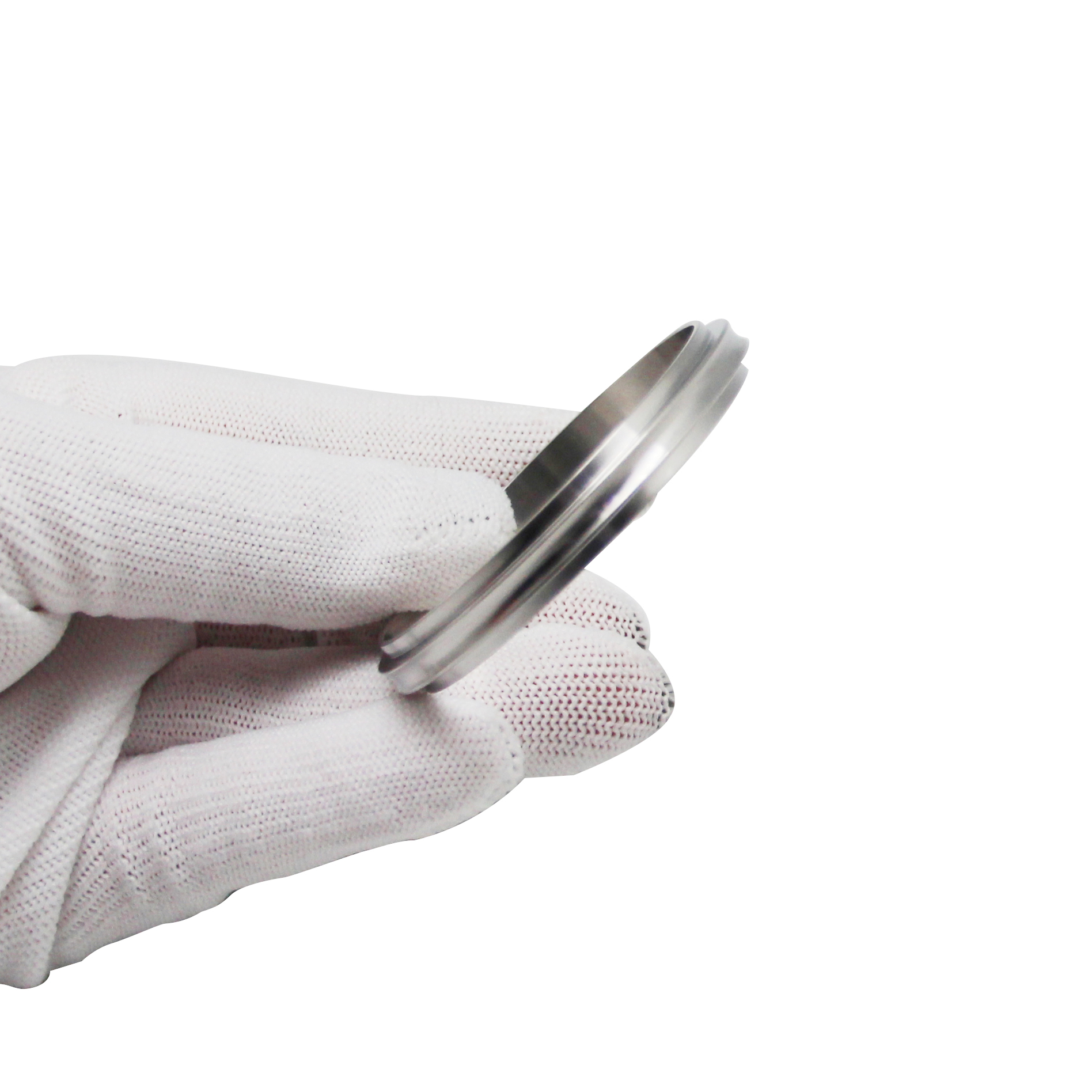How to choos a good Sanitary valves

 by admin
by adminChoosing the right sanitary valve is essential for maintaining hygiene and efficiency in various industries, especially in food, beverage, and pharmaceutical sectors. A good sanitary valve ensures minimal contamination, easy cleaning, and reliable performance. Here’s a guide to help you make an informed selection.
1. Understand Your Process Requirements
Type of Fluid: Identify the type of fluid being processed (liquid, gas, or slurry) to select a valve compatible with its properties.
Pressure and Temperature Ratings: Ensure the valve can withstand the specific pressure and temperature ranges of your application.
Flow Direction: Determine if your process requires a specific flow direction to prevent backflow and ensure optimal operation.
Connection Type: Consider the type of connections required (welded, threaded, or clamped) based on existing pipeline systems.
Actuation Method: Decide whether manual, pneumatic, or electric actuation is best suited for your operational needs.
2. Evaluate Material and Design
Material Compatibility: Choose valves made from materials that are resistant to corrosion and suitable for your specific fluids, such as stainless steel, which is common in sanitary applications.
Surface Finish: Look for valves with a smooth surface finish (like Ra 0.8 µm or better) to minimize bacterial growth and facilitate easier cleaning.
Design Standards: Verify that the valve complies with industry standards (such as FDA, 3A, or EHEDG) to ensure safety and performance.
Size and Dimensions: Select the appropriate valve size that meets your flow requirements without causing unnecessary pressure drops.
Ease of Cleaning: Opt for designs that allow for easy disassembly and cleaning, such as tri-clamp valves, to maintain sanitation.
3. Consider Manufacturer Reputation and Support
Reputable Brands: Research manufacturers known for producing high-quality sanitary valves and read reviews from other users about their experiences.
Warranty and Service: Check the warranty terms offered by the manufacturer and their commitment to customer service and technical support.
Availability of Replacement Parts: Ensure that replacement parts are easily accessible to reduce downtime in case of maintenance or repairs.
Customization Options: Some manufacturers offer customization to meet specific process needs, so inquire about available options.
Technical Assistance: Look for suppliers that provide technical assistance during installation and operation, ensuring that your system runs smoothly.
In conclusion, selecting a good sanitary valve involves understanding your process requirements, evaluating material and design features, and considering the manufacturer's reputation and support services. By focusing on these key aspects, you can ensure that your chosen sanitary valve will perform effectively and contribute to the overall efficiency and safety of your operations.







